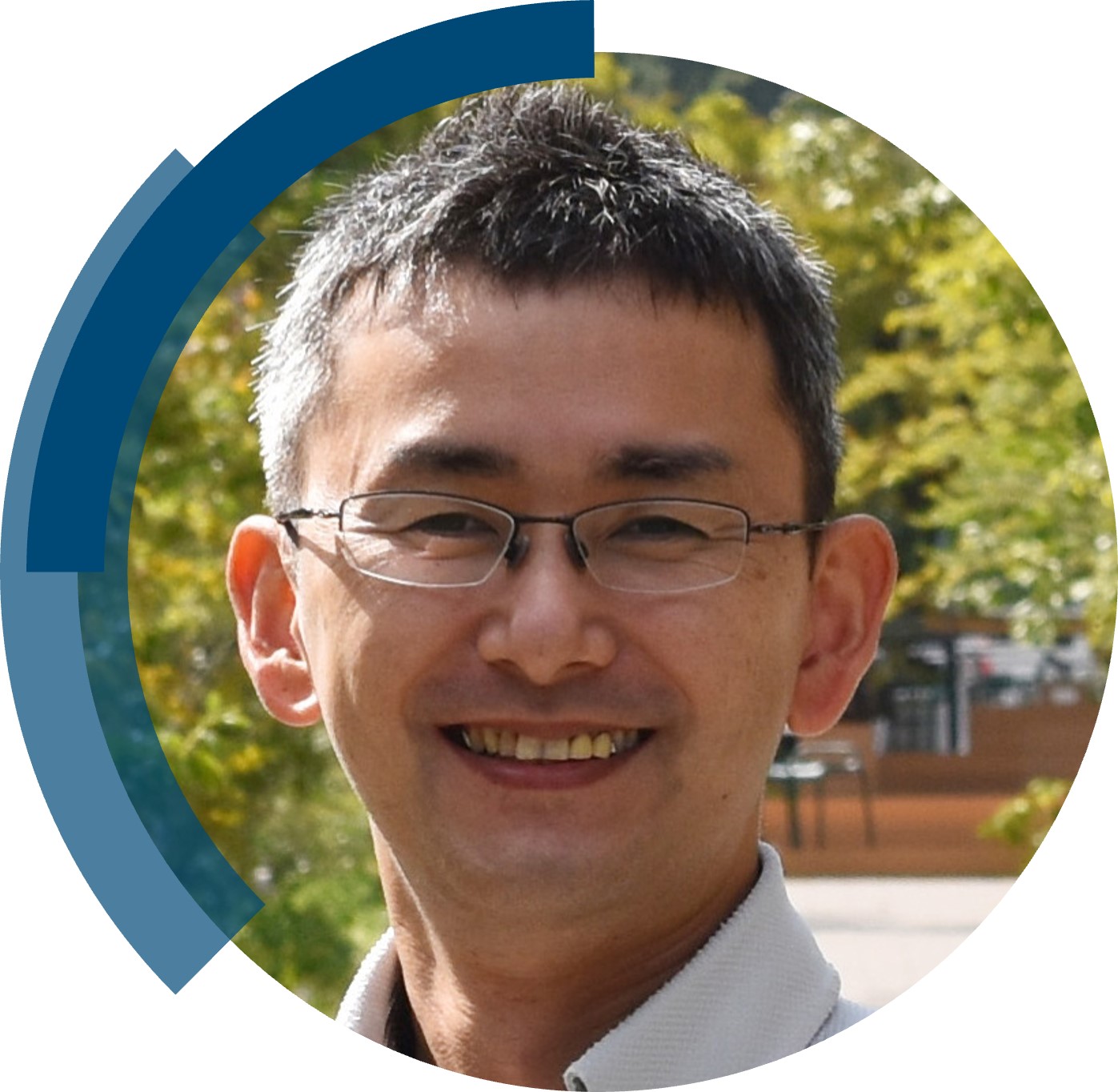ChemComm is publishing its 60th volume in 2024. Over the past 60 years, ChemComm has been the RSC’s most cited journal, and one of the most trusted venues for rapid publication of short communications. In our anniversary year, we recognise the important contributions ChemComm has made, and continues to make, in advancing the chemical sciences.
As part of our anniversary celebrations, we’ve brought together a collection featuring the latest research from some of our most loyal and dedicated authors. From those marking the beginning of their independent academic career by publishing their first article with us, to the rising stars and established leaders publishing in our yearly ‘Emerging Investigators’ and ‘Pioneering Investigators’ collections, this collection champions the contributions of our worldwide author community. We are proud many authors choose to support our journal by regularly publishing their best work with us. This collection also features papers from our ChemComm Emerging Investigator Lectureship winners, and our Outstanding Reviewer awardees, whose invaluable feedback has shaped our published content through the years.
To accompany the collection, we’ll be publishing interviews with contributing authors where they provide further insight into their research and reflect on their journey with ChemComm.
Check out our interview with Professor Yoichi Kobayashi (Ritsumeikan University, Japan) below!
How have you seen ChemComm evolve over the years, and what aspects do you find most noteworthy?
I think the most noteworthy point is the diversity of ChemComm has broadened its scope to include a wider range of research areas within chemistry such as materials science, nanotechnology, chemical biology, and more. This expansion has made it a go-to journal for a broad spectrum of chemical research.
What is your favourite thing about ChemComm?
Rapid publications of cutting-edge research. In addition, the 4-page restriction also makes it easier to read the papers.
In what ways do you think ChemComm stands out among other journals in your field?
Rapid publications and cutting-edge research
How would you describe the peer review process and interaction with the editorial team at ChemComm?
The response from reviewers is faster compared to other journals, often returning results within about two weeks. The reviewers’ comments are frequently essential and contribute significantly to improving the quality of the paper. In many of the papers we have submitted, they are often accepted after just one round of review.
Are there ways in which the journal can further support and engage with future generations of scientists?
Webinars related to review articles published in ChemComm. I think it would be very convenient if it could be viewed as an archive.
Could you provide a brief summary of your recent ChemComm publication?
We developed air-tolerant photodoping-based photochromism of TiO2 and ZnO NCs using a temperature-responsive supramolecular gel. Using this unique quenching behavior, spatiotemporal photoluminescence patterning was performed for applications to encryption and anticounterfeiting.
In your opinion, what are the next steps or potential areas of research that could build upon the findings in the paper?
Organic-inorganic hybrid solar energy storage materials showing stimuli responsivity.
Be sure to read Yoichi’s article, “Photodoping-based broadband photochromism of semiconductor nanocrystals under air operated by a supramolecular gel” to learn more!












